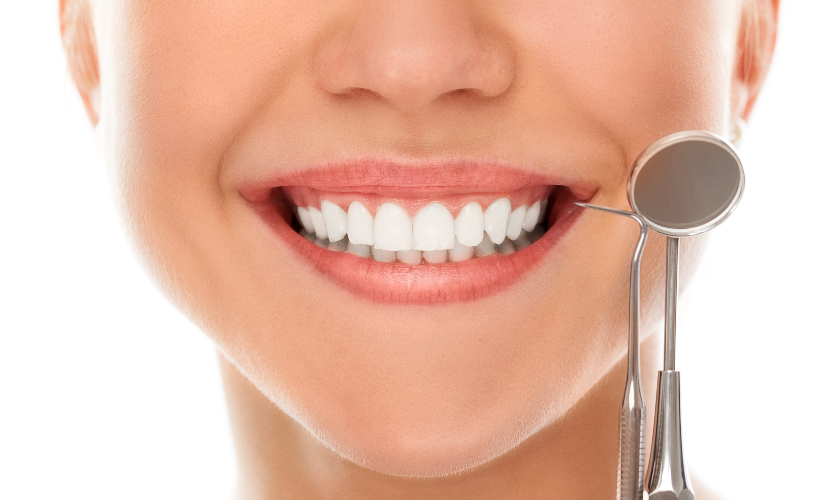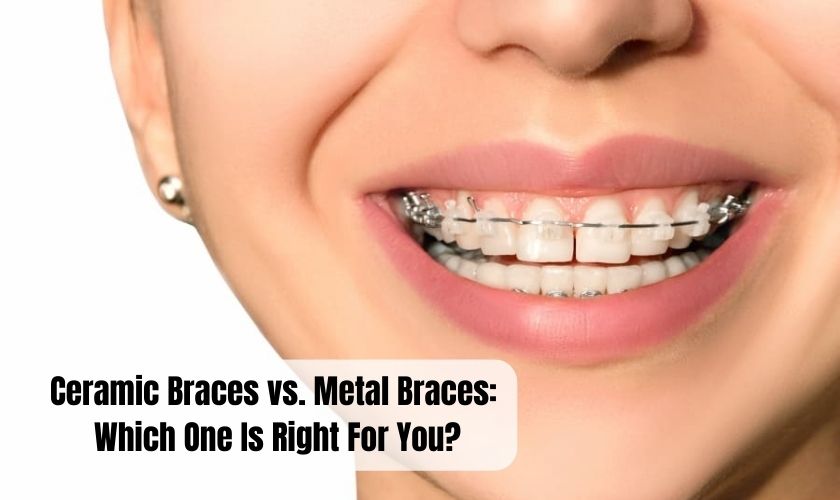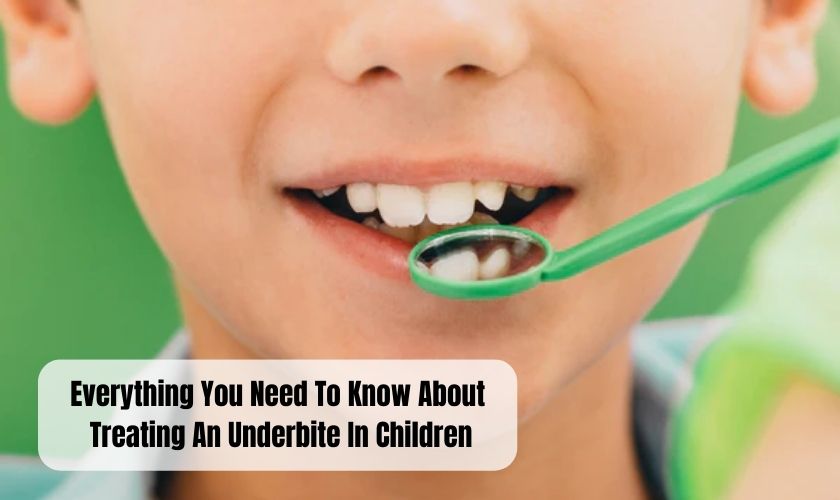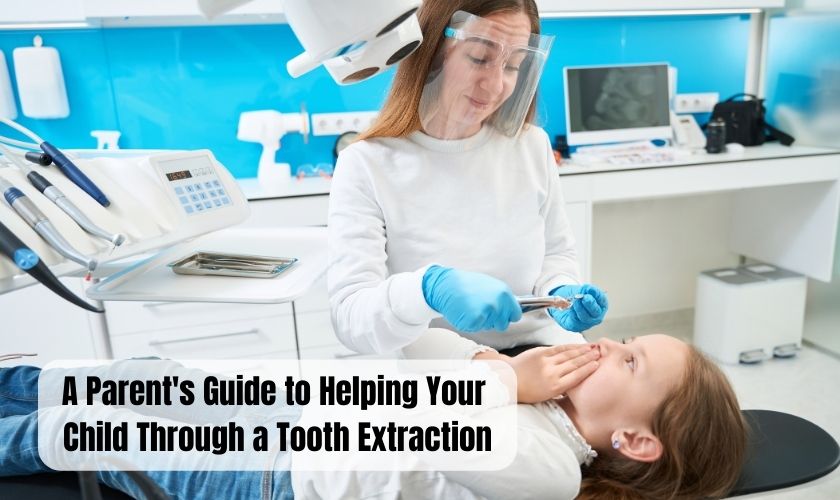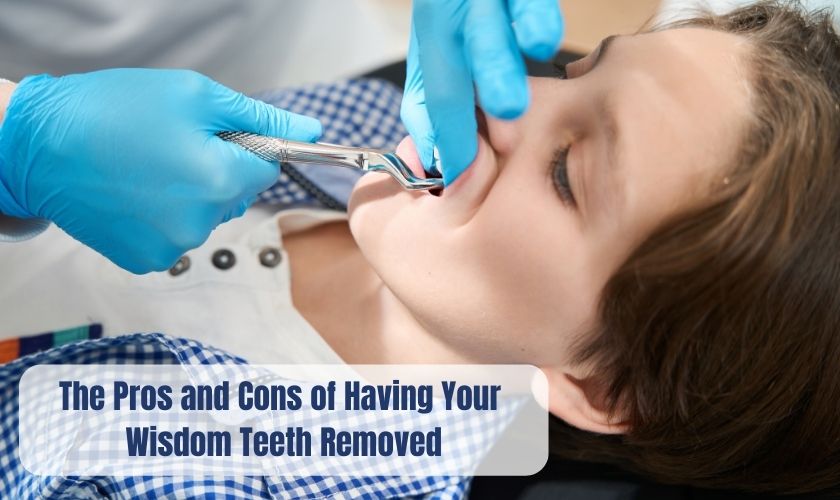Are you planning a vacation but have been hit with an unexpected toothache? It can be challenging to enjoy your travels while dealing with dental pain. But don’t let it ruin your trip! In this blog post, we’ll share some helpful tips and tricks for getting relief from a toothache so you can fully enjoy your vacation. From home remedies to find local dentists, we’ve got you covered. So pack your bags and get ready for a pain-free adventure!
What Causes a Toothache?
There are a few different things that can cause a toothache, and each one requires a different treatment. If you have a toothache, the first thing you should do is see your dentist to find out what is causing the pain.
The most common cause of toothache is a cavity. When you have a cavity, bacteria have entered your tooth and started to break down the enamel. This can cause pain when you eat or drink something hot or cold, or when you bite down on something hard. Your dentist will be able to treat a cavity by drilling out the decay and filling the hole with a new piece of dental amalgam.
Another common cause of toothaches is an infection in the gums around your tooth. This can happen if you have gingivitis, which is an inflammation of the gums. An infection in the gums can also happen if you have periodontitis, which is an infection of the tissue that supports your teeth. If you have either of these conditions, your dentist will likely prescribe antibiotics to clear up the infection.
If your toothache is due to an injury, such as a cracked tooth, your dentist will need to take x-rays to determine the extent of the damage. Depending on the severity of the injury, your dentist may be able to repair the damage with a filling or crown. In more severe cases, you may need root canal therapy to remove any damaged tissue from inside your tooth before it can be
Signs and Symptoms of a Toothache
If you’re traveling with a toothache, there are a few things you can do to get relief and enjoy your vacation. First, over-the-counter pain medications can help reduce the pain. You can also use a cold compress to reduce swelling and inflammation. If the pain is severe, you may need to see a dentist for further treatment.
Toothaches can be caused by a number of things, including cavities, abscesses, infection, or trauma to the tooth. If you have a cavity, you may experience pain when eating or drinking hot or cold foods. An abscessed tooth can cause severe pain, as well as fever and swelling in the face and lymph nodes. Infection of the tooth can also cause pain and swelling. Trauma to the tooth may cause it to become cracked or chipped, which can lead to pain and sensitivity.
If you’re experiencing any of these symptoms, it’s important to see a dentist as soon as possible so that they can determine the cause of the problem and provide appropriate treatment. In the meantime, over-the-counter pain medications can help relieve some of the discomforts.
How to Treat a Toothache While Traveling
If you’re traveling with a toothache, there are a few things you can do to get relief and enjoy your vacation. First, try rinsing your mouth with warm water and salt. This can help to reduce swelling and pain. You can also take over-the-counter pain relievers like ibuprofen or acetaminophen to help with the pain. If the pain is severe, you may need to see a dentist. Be sure to pack a dental emergency kit that includes things like a toothbrush, floss, and temporary filling material. And be sure to stay hydrated by drinking plenty of water.
Tips for Preventing and Managing Toothaches on the Road
If you’re traveling with a toothache, there are some things you can do to get relief and enjoy your vacation. Here are some tips:
Take over-the-counter pain medication like ibuprofen or acetaminophen to help relieve pain.
Rinse your mouth with warm salt water several times a day to help reduce inflammation and kill bacteria.
Avoid foods that are hard to chew or crunchy, as they can aggravate the pain. Stick to soft foods like soup, mashed potatoes, or yogurt.
Gently floss your teeth after meals to remove any food particles that may be trapped and causing pain.
Apply a cold compress to your cheek for 20 minutes at a time to help numb the pain.
With these tips, you can hopefully manage your toothache and still have a great time on your vacation!
When Should You See a Dentist During Your Trip?
If you are traveling with a toothache, it is important to see a dentist as soon as possible. A toothache can be caused by many things, including a cavity, an infection, or even a cracked tooth. If you wait too long to see a dentist, the pain will only get worse and you may end up missing out on your vacation.
What to Do if You Can’t Find Emergency Dental Care
If you’re traveling and find yourself in need of emergency dental care, there are a few things you can do to get relief and enjoy your vacation. First, try over-the-counter pain relievers like ibuprofen or acetaminophen to help with the pain. You can also use a cold compress to reduce swelling. If the pain is severe, you may want to see a doctor or dentist for prescription medication. Finally, be sure to brush and floss regularly, and see your dentist for regular checkups to avoid future problems.
Alternatives to Traditional Dental Care
There are a few alternatives to traditional dental care that can be used to help alleviate pain from a toothache while traveling. These include over-the-counter pain medications, home remedies, and natural healing therapies.
Over-the-counter pain medications such as ibuprofen or acetaminophen can help to reduce inflammation and pain. Home remedies such as rinsing with salt water or using a cold compress can also help to reduce swelling and pain. Natural healing therapies such as acupuncture or acupressure may also be effective in relieving pain.

Conclusion
Although a toothache can put a damper on your vacation plans, the tips outlined in this article will help you to get relief and enjoy the time away. Always make sure that you have over-the-counter pain medications and dental floss with you wherever you go, as these simple things can go a long way toward ensuring that your toothache doesn’t ruin your perfect holiday. Don’t forget to take some time for yourself too – eat right, exercise regularly, and get plenty of rest so that when it’s time to return home, you’ll be ready to tackle anything!
FAQs
There are a few things you can do to relieve pain from a toothache. You can take over-the-counter pain medication like ibuprofen or acetaminophen. You can also rinse your mouth with warm salt water or apply a cold compress to the outside of your cheek. If the pain is severe, you may need to see a dentist for treatment.
If your toothache gets worse while you’re on vacation, you should see a dentist as soon as possible. If you’re in a remote location or it’s after hours, you can go to an emergency room for treatment.
If you have an infection, you’ll need to see a dentist for treatment. However, if the infection is severe, you may need to go to an emergency room for treatment.


